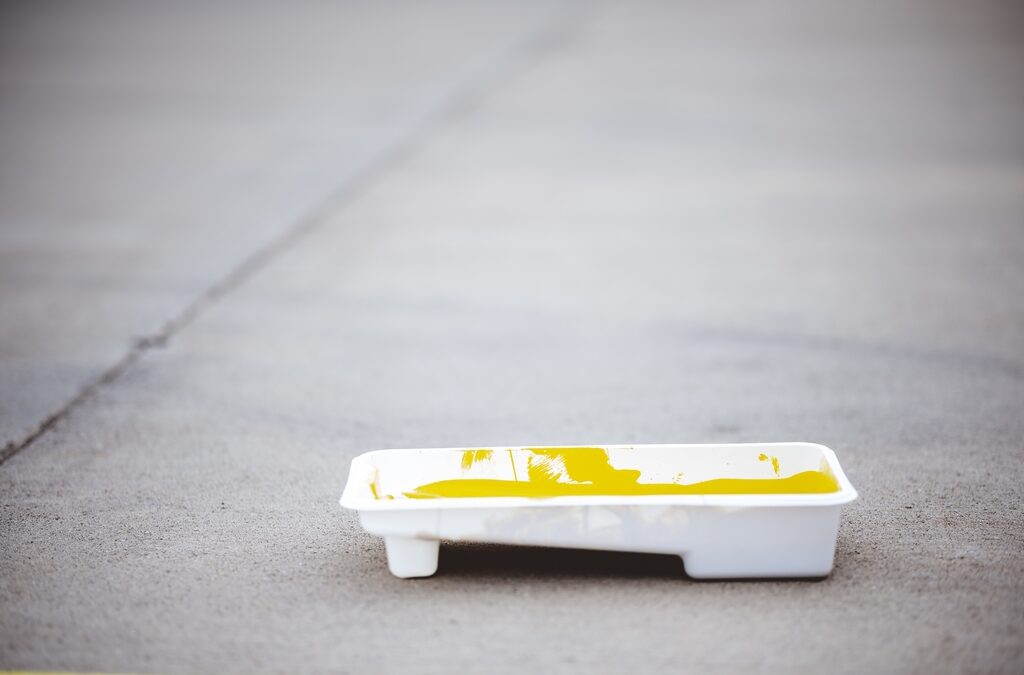Latex paint is a staple in the DIY community, favored for its versatility, ease of use, and eco-friendly properties. Whether you’re a seasoned DIYer or just starting, understanding how and where to use latex paint can significantly impact the success of your projects. In this guide, we’ll explore the many benefits and uses of latex paint, why it’s an essential tool for every DIY enthusiast, and tips on how to apply it effectively.
Introduction to Latex Paint
Latex paint is a water-based paint that has become the go-to choice for many home improvement projects. Unlike oil-based paints, which can be difficult to work with due to strong odors and lengthy drying times, latex paint offers a user-friendly alternative that is both easy to apply and quick to dry. These characteristics make it particularly popular among DIYers looking to achieve professional results without the hassle.
Key Benefits of Using Latex Paint
1. Ease of Application: Latex paint is known for its smooth application, which makes it ideal for both beginners and experienced DIYers. Its thinner consistency allows for easy spreading and fewer brush marks, ensuring a clean, professional finish with less effort.
2. Quick Drying Time: One of the standout features of latex paint is its rapid drying time. Typically, latex paint dries within an hour, allowing you to apply multiple coats in a single day and complete your project faster.
3. Low Toxicity and Environmental Impact: Latex paint is low in volatile organic compounds (VOCs), making it a safer option for indoor use. It’s non-flammable and emits fewer odors, reducing the need for extensive ventilation. Additionally, latex paint is easier to clean up with just soap and water, making it more environmentally friendly.

Common Uses for Latex Paint in DIY Projects
Latex paint is incredibly versatile and can be used for a variety of surfaces and projects:
- Interior Walls and Ceilings: Ideal for painting drywall, plaster, and wood, latex paint provides a durable and attractive finish in living rooms, bedrooms, and kitchens.
- Exterior Surfaces: While latex paint is commonly used indoors, it’s also effective for exterior projects such as painting siding, stucco, and concrete. However, it’s important to note that exterior latex paints are formulated differently to withstand the elements.
- Furniture and Trim: Latex paint is a great choice for giving new life to old furniture or updating trim and baseboards. Its quick drying time and easy cleanup make it perfect for these smaller, detailed projects.
For professional guidance and high-quality paint options, consider checking out services like Lifetime Painters, who offer expert advice and products tailored to your specific needs.
Latex Paint vs. Oil-Based Paint: What’s the Difference?
When deciding between latex and oil-based paints, it’s important to consider the specific needs of your project:
- Latex Paint: Offers easy application, quick drying, and low toxicity, making it ideal for most indoor projects.
- Oil-Based Paint: Provides a durable finish and better adhesion to challenging surfaces but requires longer drying times, emits strong odors, and needs solvent-based cleanup.
Latex paint is generally preferred for DIY projects due to its convenience and safety, especially for indoor use.
How to Apply Latex Paint: Tips and Best Practices
To achieve the best results with latex paint, follow these tips:
- Surface Preparation: Clean the surface thoroughly to remove dust, grease, and old paint. For glossy surfaces, lightly sand to create a better bond for the paint.
- Priming: Use a primer if you’re painting over a dark color or on a surface that requires extra adhesion.
- Application: Apply the paint in thin, even coats using a high-quality brush or roller. Start with the edges and work your way towards the center of the surface.
- Drying Time: Allow each coat to dry completely before applying the next. This will ensure a smooth and durable finish.

Maintenance and Care for Latex Painted Surfaces
Maintaining surfaces painted with latex paint is simple. Regular dusting and occasional washing with mild soap and water will keep the paint looking fresh. For exterior surfaces, touch-ups may be necessary every few years to maintain the integrity of the paint.
Conclusion: Why Latex Paint Is a Must-Have for Every DIYer
Latex paint offers a combination of ease, versatility, and environmental benefits that make it an essential tool for any DIY enthusiast. Whether you’re refreshing a room, updating furniture, or tackling exterior projects, latex paint provides the flexibility and performance needed to achieve professional results.
For more information on the best practices for using latex paint, or to explore high-quality products and services, visit Lifetime Painters.




